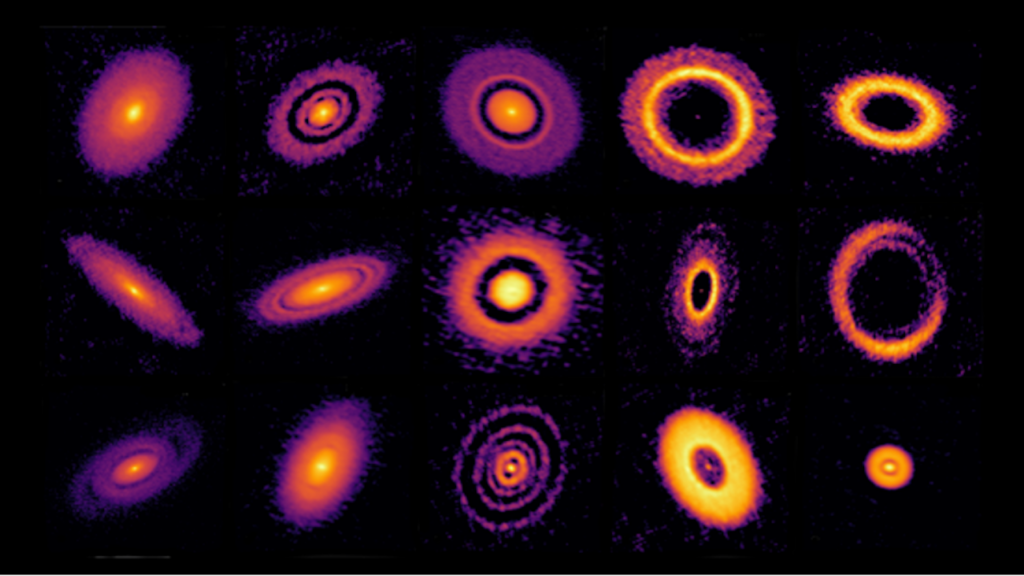A Framework for Optimizing Exoplanet Target Selection for the James Webb Space Telescope

The James Webb Space Telescope (JWST) will devote significant observing time to the study of exoplanets. It will not be serviceable as was the Hubble Space Telescope, and therefore the spacecraft/instruments will have a relatively limited life.
It is important to get as much science as possible out of this limited observing time. We provide an analysis framework (including publicly released computational tools) that can be used to optimize lists of exoplanet targets for atmospheric characterization. Our tools take catalogs of planet detections, either simulated, or actual; categorize the targets by planet radius and equilibrium temperature; estimate planet masses; generate model spectra and simulated instrument spectra; perform a statistical analysis to determine if the instrument spectra can confirm an atmospheric detection; and finally, rank the targets within each category by observation time required.
For a catalog of simulated Transiting Exoplanet Survey Satellite planet detections, we determine an optimal target ranking for the observing time available. Our results are generally consistent with other recent studies of JWST exoplanet target optimization. We show that assumptions about target planet atmospheric metallicity, instrument performance (especially the noise floor), and statistical detection threshold, can have a significant effect on target ranking. Over its full 10-year (fuel-limited) mission, JWST has the potential to increase the number of atmospheres characterized by transmission spectroscopy by an order of magnitude (from about 50 currently to between 400 and 500).
Charles D. Fortenbach, Courtney D. Dressing
(Submitted on 4 Feb 2020)
Comments: 39 pages, 19 figures, and 11 tables, accepted for publication in PASP
Subjects: Earth and Planetary Astrophysics (astro-ph.EP); Instrumentation and Methods for Astrophysics (astro-ph.IM)
Cite as: arXiv:2002.01495 [astro-ph.EP] (or arXiv:2002.01495v1 [astro-ph.EP] for this version)
Submission history
From: Charles Fortenbach
[v1] Tue, 4 Feb 2020 19:07:57 UTC (4,423 KB)
https://arxiv.org/abs/2002.01495
Astrobiology


![Measuring Interstellar Carbon Abundance via 158 um [CII] Absorption with SOFIA](https://astrobiology.com/wp-content/uploads/2025/05/Measuring-Interstellar-Carbon-Abundance-1024x575.png)





